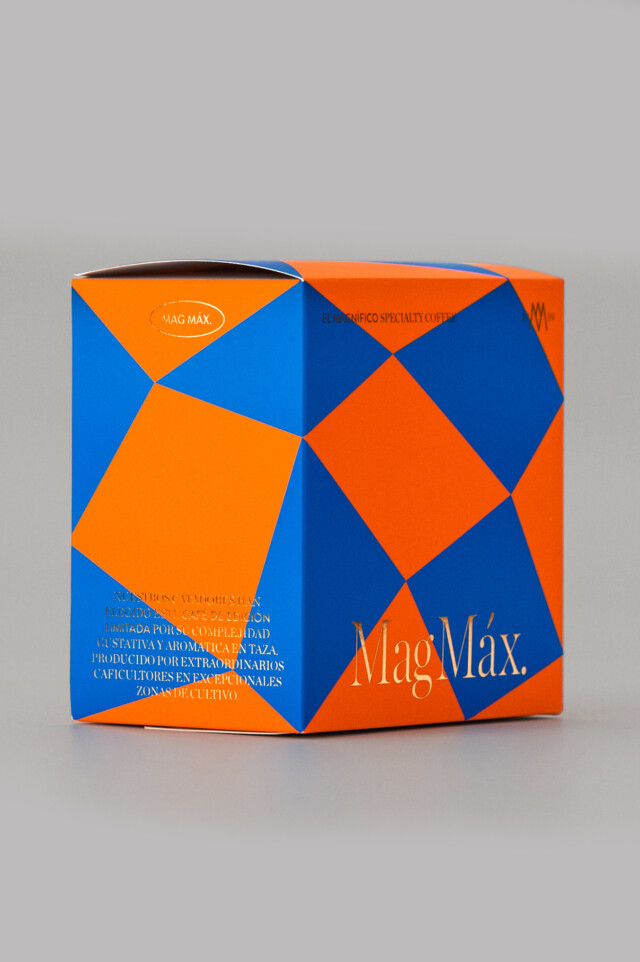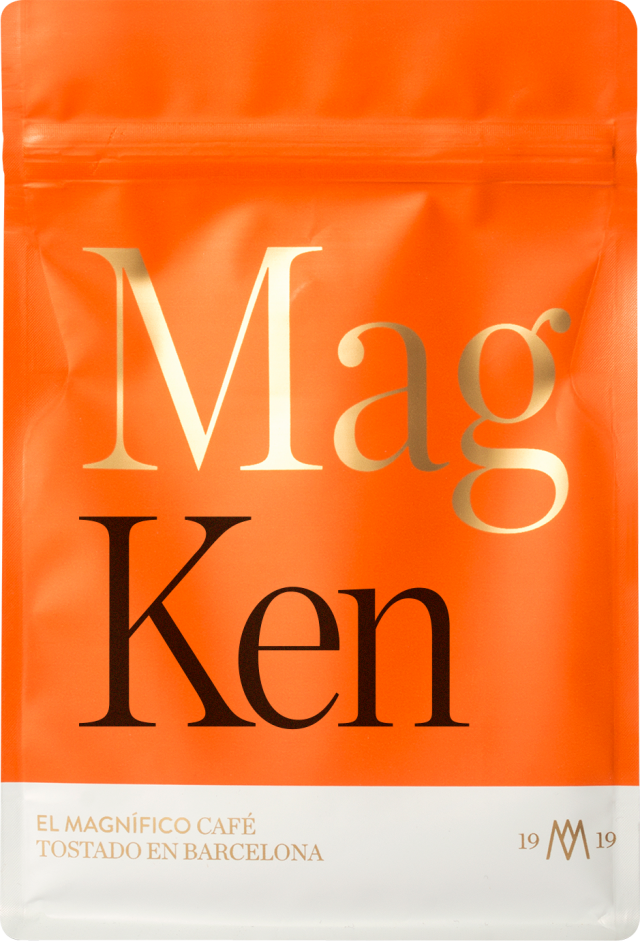Kenia Mwiria
The Washing Station
Mwiria is one of three washing stations operated by the Central Ngandori Farmers Cooperative Society (FCS). Central Ngandori is made up of over 3,000 active members, and the Mwiria station produces more than 69,000kg of coffee from more than 1,000 farmers in the area.
When President Jomo Kenyatta officiated the station’s grand opening in 1964, he named the factory “Mwiria” (a Kikuyu word meaning “enormous”) to commemorate a very old and large indigenous tree that used to grow on the station’s grounds. This tree has additional significance as a symbol in the fight for independence from colonial powers.
Process
Smallholders selectively handpick only ripe cherries and deliver them to the Mwiria washing station. At intake, the Cherry Clerk oversees meticulous visual sorting and floating, accepting only dense, ripe cherries.
They are then pulped and wet fermented in Mwiria’s fermentation tanks for 12 to 28 hours. Following fermentation, coffee is washed with clean water and sorted in grading channels. Parchment is laid to dry on raised beds. During the busy season when beds are in constant use, parchment may be soaked in clean, circulating water for up to 24 hours before being dried.
Parchment takes approximately 14 to 21 days to dry and is raked constantly for even drying.
Origin
Despite its proximity to Ethiopia, coffee was not cultivated in Kenya until the late 1880s when French missionaries brought seeds to the Taita Hills area. Introduced to the Kiambu district in 1896, coffee found an excellent combination of altitude, soil, and temperature that resulted in the globally renowned high-quality Kenyan coffees.
Although credit for introducing coffee to Kenya goes to Catholic missionaries, it was English settlers who accelerated the importance of coffee in the Kenyan economy. Large-scale production of coffee and other crops was encouraged for export to Europe to repay the massive debts incurred from the construction of the railway connecting Uganda to the port of Mombasa in 1901.
By 1912, extensive plantations covering several hectares had been established, with Bourbon and Mokka varieties predominating.
Interesting fact: The Bourbon variety was first cultivated on a small island now known as “Reunion Island.” It is located in Africa, in the Indian Ocean, east of Madagascar. Reunion Island is considered a region of France, and until 1789, it was named “Ile Bourbon” in honour of the Bourbon royal family.
A legacy of colonial days, the auction system has incentivised coffee farmers and cooperatives to focus on quality in order to achieve the highest possible prices at auctions in Nairobi.
Even today, the largest coffee-growing area extends all the way from Kiambu on the outskirts of Nairobi to the slopes of Mount Kenya. The counties in this region, also known as Central Kenya – Kiambu, Kirinyaga, Murang’a, and Nyeri – account for nearly 70% of national production.
Coffee trees find very fertile soils in the coffee-growing regions of Kenya, that are characteristically young, volcanic, and rich in organic matter. The altitude in these areas ranges from a minimum of 1,280 metres above sea level in Embu, the eastern part of the Mount Kenya region, to a maximum of 2,300 metres above sea level in Nyeri, on the western slopes.
Kenya currently produces about 0.5% of the world coffee market. There are approximately 700,000 small coffee producers and an estimated 6 million people depend directly or indirectly on the coffee industry. It mainly produces washed coffee and is considered by many to be the number one quality producer in the world.
12 € – 48 €
Free shipping from 40€ purchase (Peninsula and Balearic Islands)
